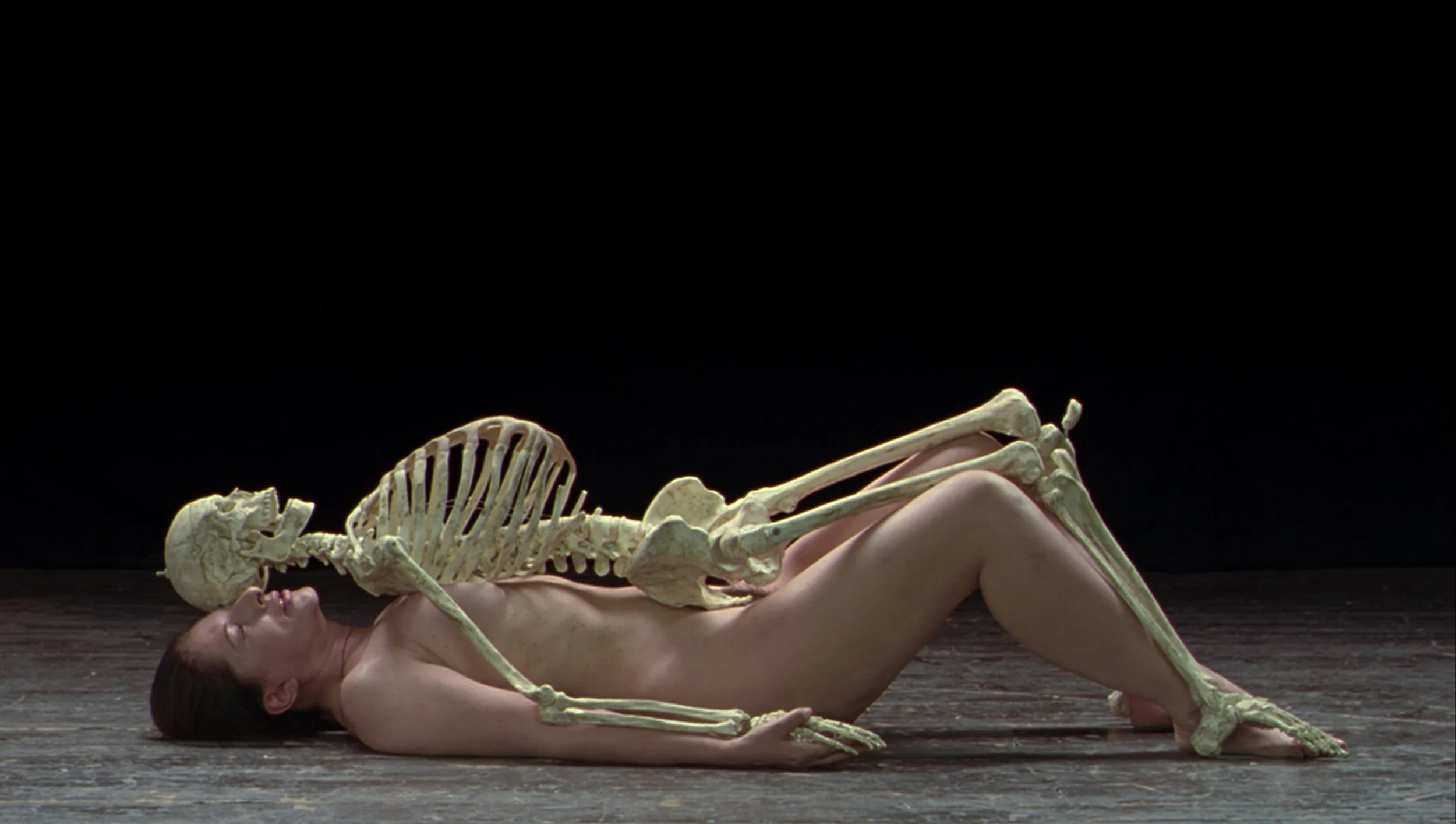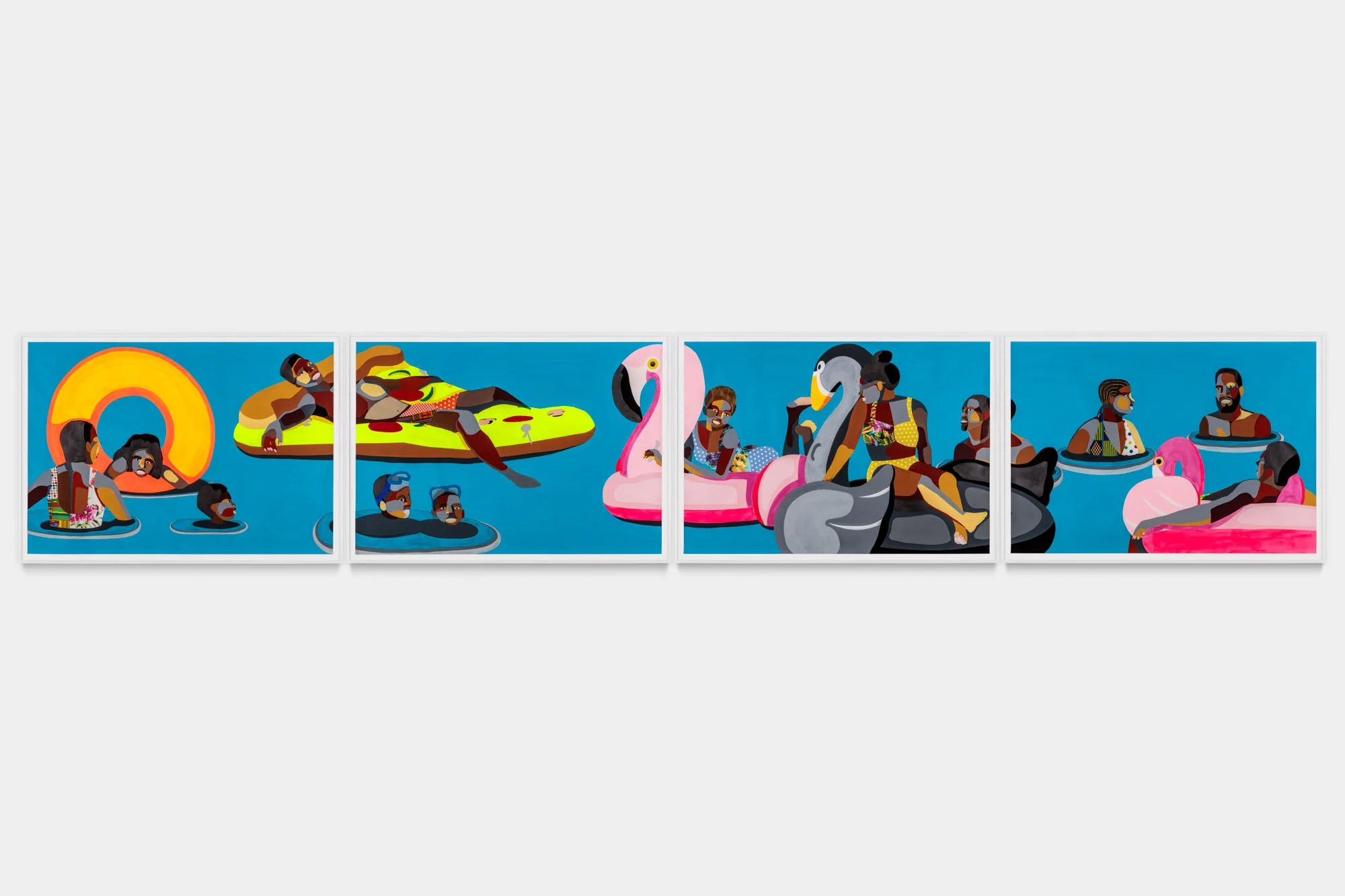Marina Ambromavić | Royal Academy of Arts
Marina Abramović, Rhythm 0, 1974. Performance; 6 hours. Studio Morra, Naples. Courtesy of the Marina Abramović Archives. © Marina Abramović. Photo: Donatelli Sbarra
Written by Sydney Sepp
The body is the most fundamental yet sacred tool used to create art. The ability to command the body- to use it as a medium to communicate abstract physical and mental ideations in a way two-dimensional pieces of art like a painting can't. That is the undeniable power and importance of performance art. No one is more skillfully innovative at it than one of the movement's pioneers, Serbian performance artist Marina Abramović.
Marina Abramović, Balkan Baroque, June 1997. Performance at XLVIII Venice Biennale; 4 days. Courtesy of the Marina Abramović Archives. © Marina Abramović
At 76, Marina Abramović has rightfully earned the appointment as the first woman in London's Royal Academy of Arts 250 years of existence to be awarded an entire retrospective exhibit. Premiering September 23 and running until January 1, 2024, the exhibition will include many of her works in content and medium, ranging from video, photography, installations, and four of Abramović's most famous performance pieces.
Gallery view of the Marina Abramović exhibition at the Royal Academy of Arts, London, from 23 September 2023 – 1 January 2024, showing Imponderabilia, 1977/2023. Live performance by Agata Flaminika and Kam Wan, 60 minutes. Courtesy of the Marina Abramović Archives. © Marina Abramović. Photo © Royal Academy of Arts, London / David Parry
Marina Abramović has, for the past five decades, inflicted pain upon herself physically and mentally, going to extreme lengths in experimental participatory performances that implore contemplation of the human condition and societal norms using some of the most unconventional and drastic measures. This makes Abramović's appointment so relevant- the uncomfortably conceptual and boundary-pushing nature of her pieces that echo themes of feminism, endurance, and violence.
Marina Abramović, The Artist is Present, 2010. Performance; 3 months. The Museum of Modern Art, New York. Courtesy of the Marina Abramović Archives. © Marina Abramović. Photo: Marco Anelli
Abramović's performance pieces are almost ritualistic and aim to specifically explore humans' conscious and unconscious behaviors under pain and time constraints. Public Participation commences the exhibition and includes two performance pieces: Rhythm 0, 1974, and The Artist is Present, 2010. Most people are most familiar with Rhythm 0, 1974, one of Abramović's earliest pieces, as she invited audience members of her performance to interact with her still body in any way they saw fit, which, by the end, resulted in a revolver being raised to her head. The Artist is Present, is almost a response to Rhythm 0, but a quiet one that aims to showcase the trajectory of Abramović's work.
Marina Abramović, Nude with Skeleton, 2005. Performance for Video; 15 minutes 46 seconds. Courtesy of the Marina Abramović Archives. © Marina Abramović
The show's climax is Coming and Going- one of the best examples of using the body as the medium. Abramović developed an interest in how acts of endurance might lead to a mental leap of faith, a transcendence beyond one's own physical limitations, due to her exposure to many cultures. The last galleries provide particular attention to shaping feminine spirituality by focusing on the transforming experience of performance art and linking this with other spiritual traditions.
Marina Abramović. The House with the Ocean View, 2002. Performance; 12 days. Sean Kelly Gallery, New York. Courtesy of the Marina Abramović Archives © Marina Abramović. Photo: Attilio Maranzano
The show concludes with one of Marina Abramović's most profound experiments: The House with the Ocean View. Originally premiered in 2002, Abramović lived in a makeshift 'home' for 12 days, having no privacy, access to food, and only water. The chambers were accessible to onlookers who could watch her everyday activities, including sleeping, showering, and using the restroom. The House with the Ocean View represents personal purification through ritualized minimalist living. Like all of Abramović's pieces, it highlights the powerful relationship between performers and audience members, making it the most relevant, thought-provoking work to end this historic exhibit.













